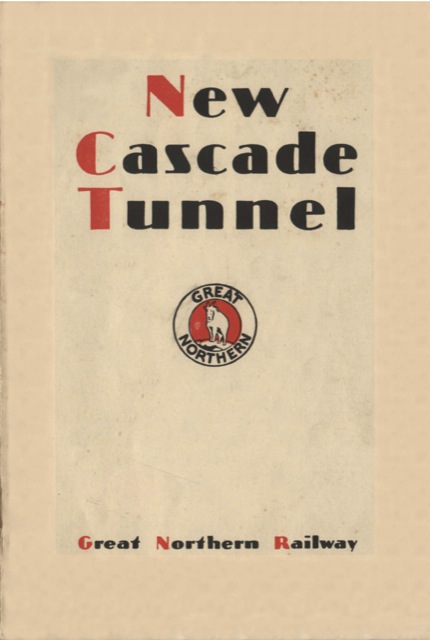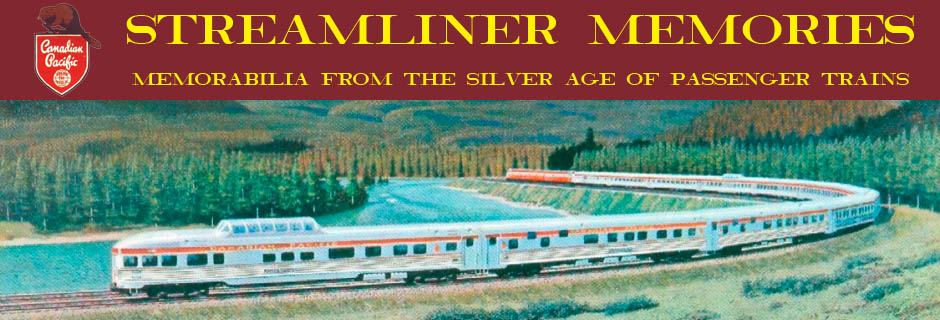Even as Ralph Budd was leading the Upper Missouri and Columbia River Historical Expeditions, the Great Northern Railway was planning and building the new 7.9-mile-long Cascade Tunnel, the longest railway tunnel in the United States. Construction began at the end of 1925, and was completed near the end of 1928.

Click image to download a 3.9-MB PDF of this 16-page booklet.
After John Stevens had found one of the lowest-elevation crossings of the Rocky Mountains for the Great Northern in 1889, James J. Hill was profoundly disappointed when the crossing of Cascade Mountains located by Stevens was far less desirable. Opened in 1893, the Cascade line required several switchbacks over the pass named after Stevens. By 1900, the railway had replaced the switchbacks with a 2.7-mile-long tunnel. But the 1900 route passed through many avalanche areas, and a 1910 avalanche hit a Great Northern passenger train, killing nearly 100 people.
The new tunnel turned one of the worst rail crossings of the coastal mountains (including the Cascades and Sierra Nevada) into what was in many respects one of the best. The highest elevation reached was below 3,000 feet (compared with 4,000 for the switchbacks and 3,400 for the old tunnel), and the time required to cross the Cascades was reduced by several hours.
The main drawback with the tunnel was that fumes from steam locomotives could suffocate railroad crews and passengers. So the tunnel was built for electric locomotives that ran from Wenatchee to Skykomish, Washington. When Diesels replaced steam in 1956, the electrical wires were removed and large fans installed to defume the tunnel after the passage of each train.
The time required to remove fumes–about 30 minutes between trains–has proven to be a serious bottleneck on the railroad. In 1956, no one on the railway imagined that they might want to run more trains than could be handled by the tunnel fans. Now, BNSF runs some Seattle trains via the Columbia River Gorge, a longer route but one with a much higher capacity.
This has led to no end of discussion about Ralph Budd’s decision to build the $14 million tunnel. Should he have built in another location? Should the railroad double-track it today or restore electrification, which–given today’s tall freight cars–would require lowering the floor of the existing tunnel? It may not matter as the railroad has an even bigger bottleneck between Spokane and Sand Point, Idaho, where the Great Northern and Northern Pacific once each had their own separate lines but now the GN line is gone and all east-west trains to or from Portland and Seattle must go on one route that is so congested that it is known as “the Funnel.”
